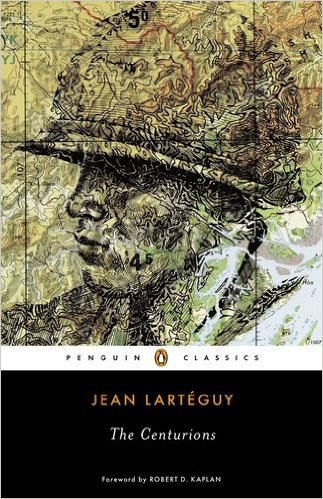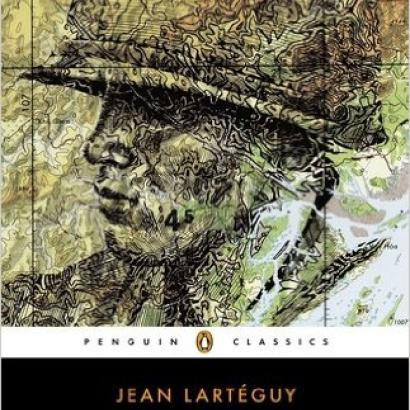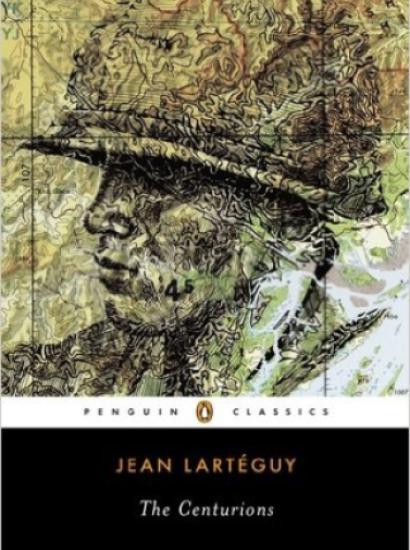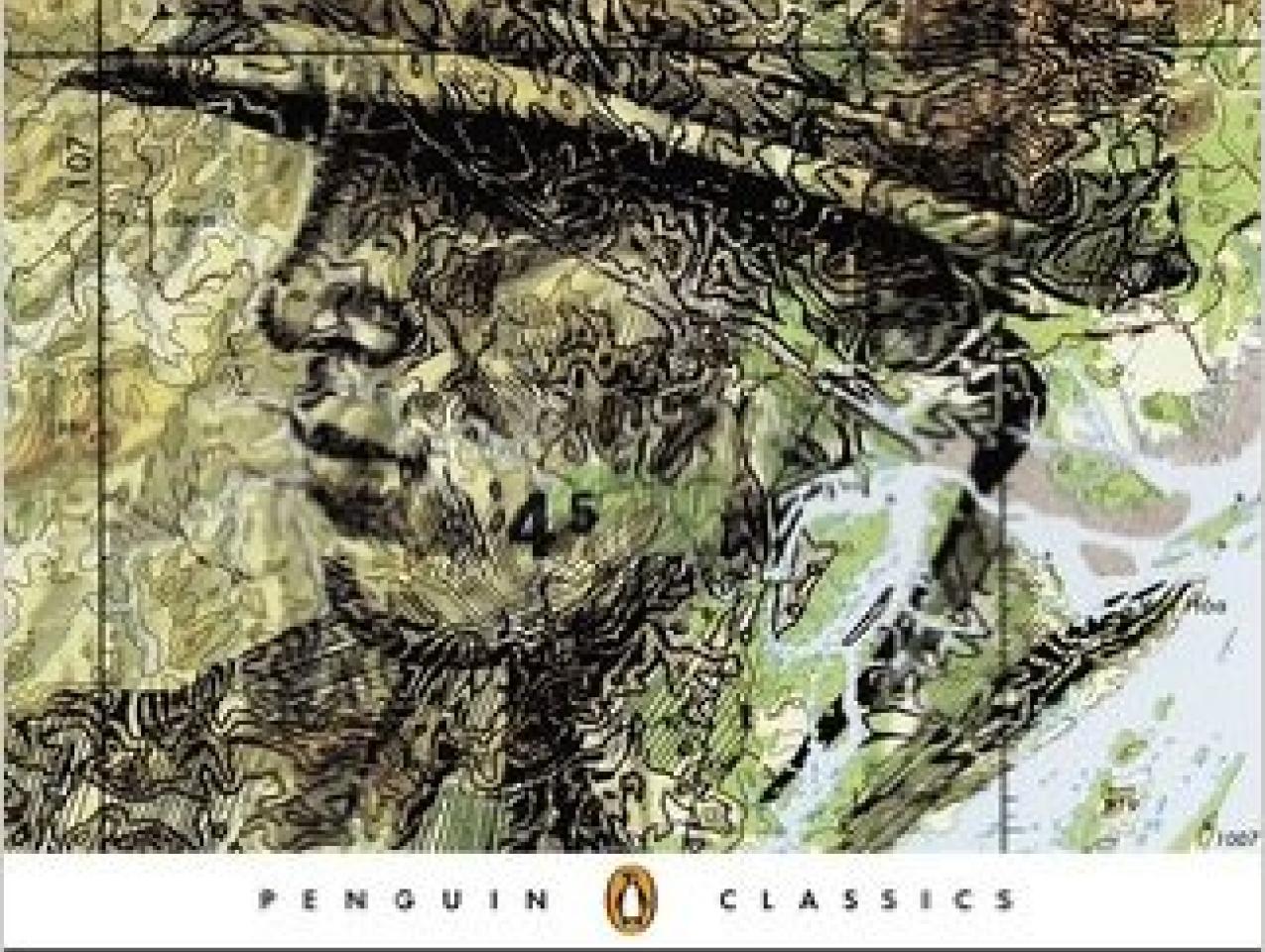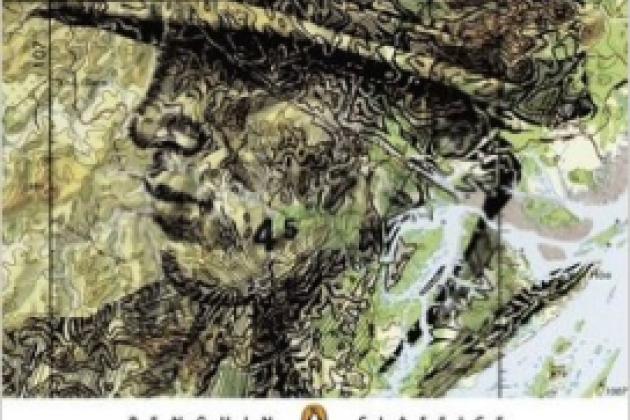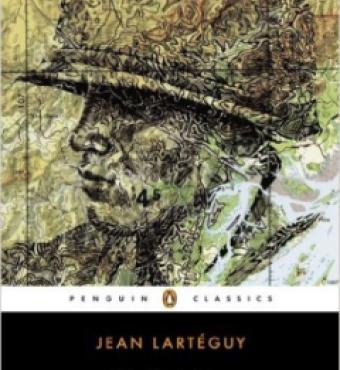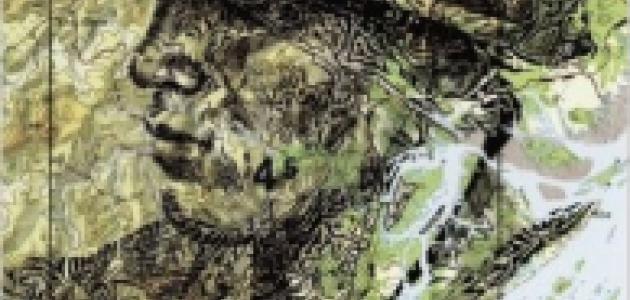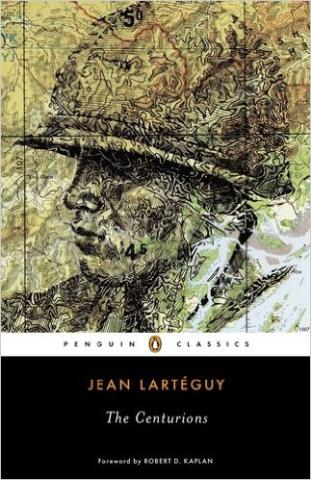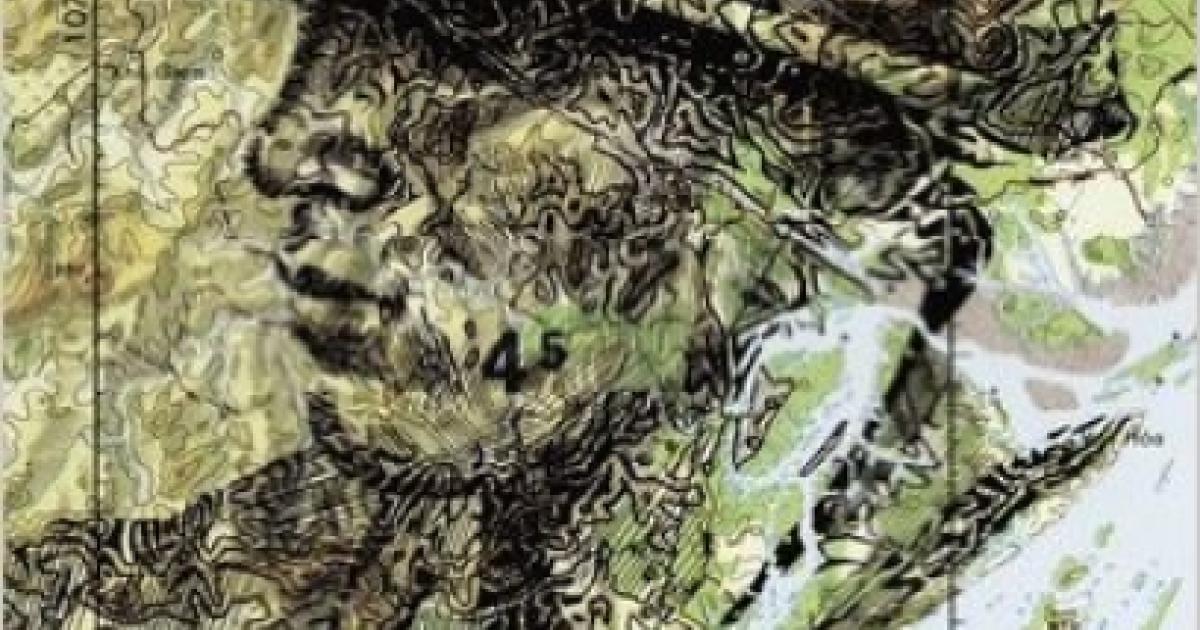- History
- Military
This is a classic novel that became a cult favorite among American soldiers who fought in Iraq and Afghanistan. Originally published in French in 1960, it was for years hard to find in its English edition (translated by the World War II British commando Xan Fielding); a used copy would go for $800 on Amazon. Penguin finally managed to acquire the rights and in 2015 brought out a paperback reprint with an introduction by Robert Kaplan. That is welcome news for anyone interested in the French experience in Indochina (1945-54) and Algeria (1954-62), in the subject of counterinsurgency in general, or, more broadly, in the experience of soldiers at war. Lartéguy was himself a former French soldier (he fought with the Free French in World War II) turned war correspondent.
Drawing on his close connections to the French military, he presents a fictional portrait of a group of paratroopers who go, as I noted in the Wall Street Journal, from brutal confinement in a Vietminh prison camp after the fall of Dien Bien Phu back to France, where “they were almost horrified to realize that they now had more in common with the Vietminh . . . than with these people who were waiting for them,” and finally to Algeria, where they are determined to vindicate their honor by any means necessary—including the use of torture. One of the central characters is Raspéguy, a working-class officer modeled on the legendary General Marcel “Bruno” Bigeard, who fought in World War II, Indochina, and Algeria. He gives a timeless summation of the differences between conventional and counterinsurgency warfare when he tells a World War I veteran: “We no longer wage the same sort of war as you, colonel. Nowadays it’s a mixture of everything, a regular witches’ brew . . . yes everything, including even the breeding of black pigs. I knew an officer in Cochin-China who, by breeding black pigs, completely restored a situation which all of us regarded as lost.” This was civic action avant le lettre.







